3560 CAT Plunger Pump
$8,979.00
- Max Flow 20 gpm / 75.7 lpm
- Max Pressure 4000
- Inlet port Size 1 1/2″ NPT(F)
- Discharge Port Size 1″ NPT(F)
- RPM 1160
- Drive Type(s) Belt, Flexible Coupling and Bellhousing
- Material Brass
Description
This triplex (three plunger rods) positive displacement, reciprocating plunger pump is constructed with a forged brass inlet manifold and a 316 stainless steel block-style discharge manifold, 304 stainless steel valve assemblies, solid ceramic plungers and standard NBR (Buna-N) seals and O-rings.
Specifications
Additional information
| Weight | 142 lbs |
|---|---|
| Dimensions | 24 × 20 × 10 in |
You must be logged in to post a review.
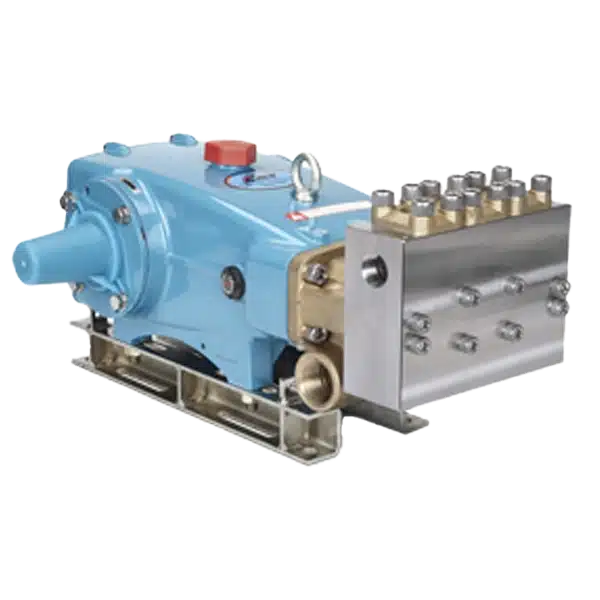
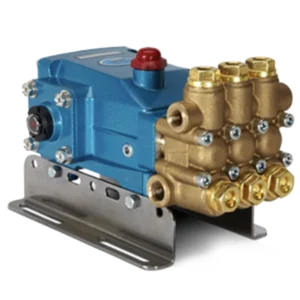
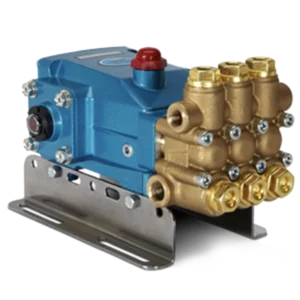
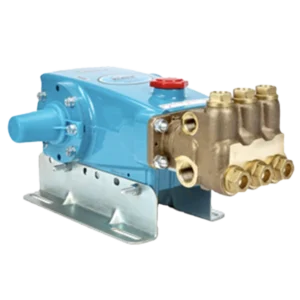
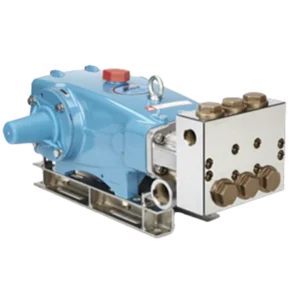
Reviews